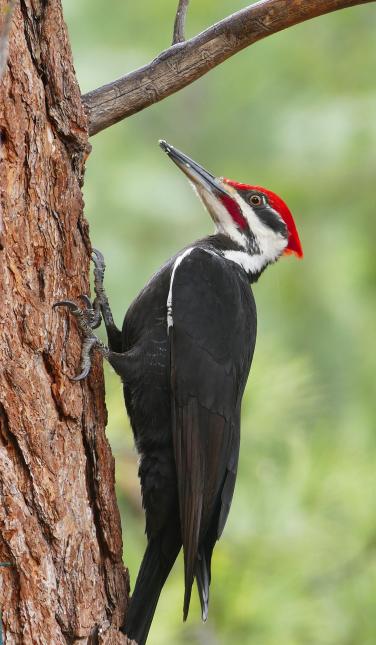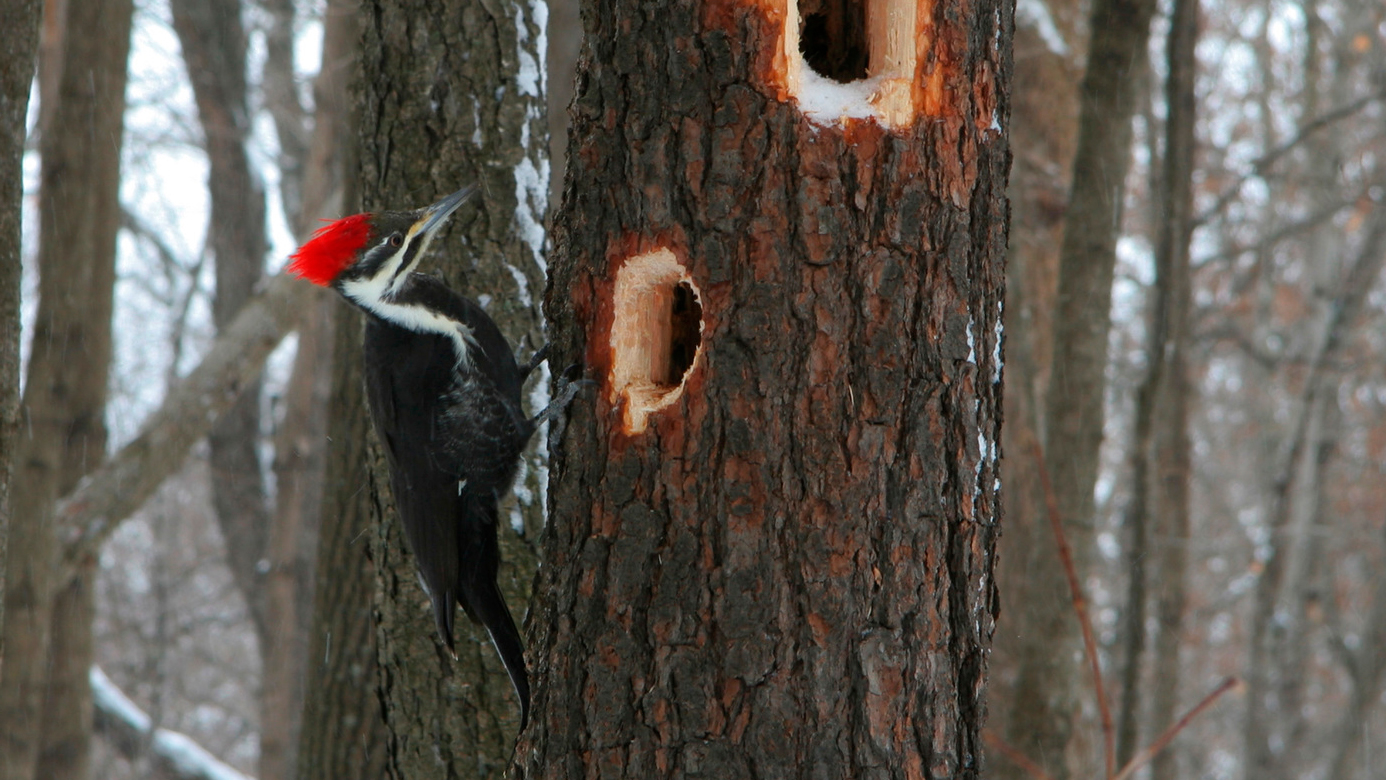Introducing the Secrets of Woodpeckers: Actions, Habitat, and More
Woodpeckers, with their special habits and specialized adaptations, have actually lengthy captivated researchers and nature enthusiasts alike. These amazing birds possess a series of interesting secrets that clarified their survival strategies, habitat preferences, and elaborate communication approaches. By revealing the enigmas bordering woodpeckers' behavior and environment selections, a much deeper understanding of these avian wonders emerges, supplying a look right into their fascinating world. So, what makes these birds genuinely extraordinary, and how do they browse their environment with such accuracy and skill? Let's explore the captivating world of woodpeckers and untangle the enigmatic information that make them such fascinating topics of study.
Woodpecker Actions Insights
In checking out woodpecker actions, an interesting display of specialized abilities and adaptations arises, dropping light on their amazing eco-friendly specific niche - Woodpeckers in Florida. Woodpeckers, understood for their unique drumming on trees, possess a range of behavioral attributes that add to their survival and success in their environment. One essential behavior is their drumming, which serves numerous objectives such as communication, establishing territory, drawing in friends, and finding food sources. This balanced pecking also showcases their amazing stamina and endurance, as they can hammer away continually at high rates without triggering harm to themselves.
Additionally, woodpeckers display an unique feeding actions characterized by their ability to remove pests from tree bark using their specialized beaks. Their long, barbed tongues aid in capturing target, while their strong neck muscular tissues offer stability and precision during pecking movements. This feeding strategy permits woodpeckers to accessibility covert insect larvae and extract them with remarkable efficiency.
Habitat Preferences and Option
What aspects influence the habitat choices and option of woodpeckers? One crucial element affecting woodpecker environment option is the schedule of ideal nesting sites. Woodpeckers normally favor forests with a mix of fully grown trees that give ample possibilities for dental caries excavation.
In addition, woodpeckers reveal a choice for habitats with a plentiful supply of food resources. They are mainly insectivorous, feeding upon beetles, ants, larvae, and various other pests found in rotting wood or tree bark. Woodpeckers tend to favor woody locations with a diverse insect population to fulfill their dietary demands.
Additionally, the existence of dead or rotting trees is an additional crucial consider woodpecker environment choice. These trees not just supply food resources yet also provide appropriate substratum for dental caries excavation. Dead trees are vital for the upkeep of healthy and balanced woodpecker populaces, as they play a vital function in the woodpeckers' life process and ecological community characteristics.
Feeding Habits and Diet Plan Composition
Woodpeckers show a specialized feeding habits concentrated on foraging for insects within various environments. In addition to pests, woodpeckers additionally take in tree sap, fruits, nuts, and seeds, including variety to their diet depending on the period and availability of food resources.
The foraging strategies of woodpeckers are well-adapted to their arboreal way of life. Woodpeckers play a critical role in maintaining the health and wellness of woodlands by regulating insect populations and assisting in the decay of timber.
Drumming Appears and Interaction
Utilizing fast drumming audios on different surface areas, woodpeckers use an unique form of interaction to indicate territory limits and attract mates. published here This drumming actions is not only a means of interaction however additionally acts as a method for pop over to these guys woodpeckers to develop their presence within a specific location. The intensity, rate, and pattern of the drumming can convey essential information to various other woodpeckers in the vicinity.
Woodpeckers use drumming audios to reveal their presence in an area and to alert off potential intruders. The loud and repeated nature of the drumming works as a clear signal to various other woodpeckers that the location is already claimed. This helps in minimizing disputes and decreasing physical battles in between individuals.

Survival Adaptations and Specialized Anatomy

Verdict
In final thought, woodpeckers display one-of-a-kind behaviors, such as drumming sounds for interaction, and have specialized anatomy for survival in their selected environments. Their feeding behaviors and diet plan make-up further show their versatility to various environments. By comprehending these facets of woodpeckers, scientists and conservationists can much better protect and protect these interesting birds and their environments.